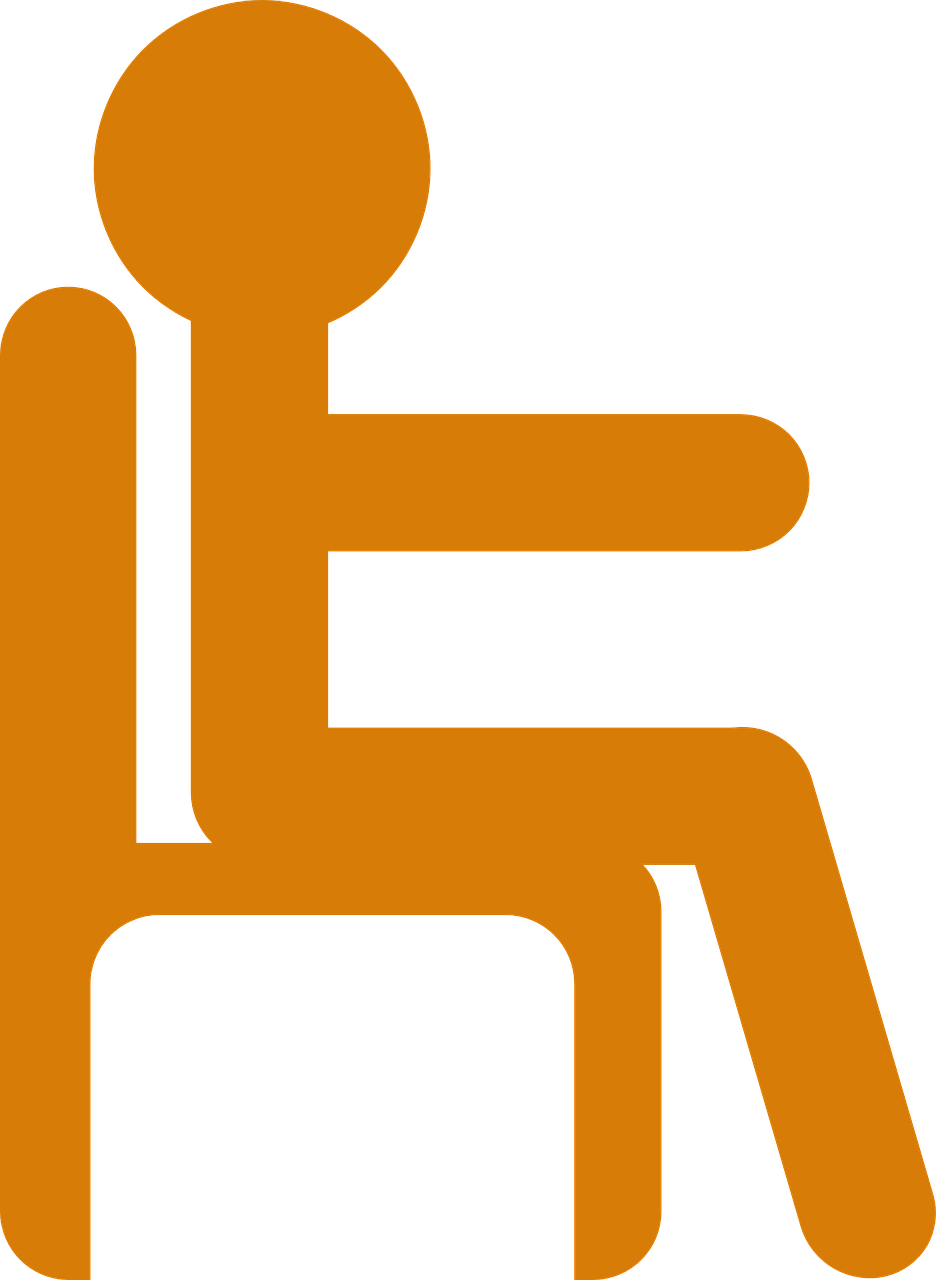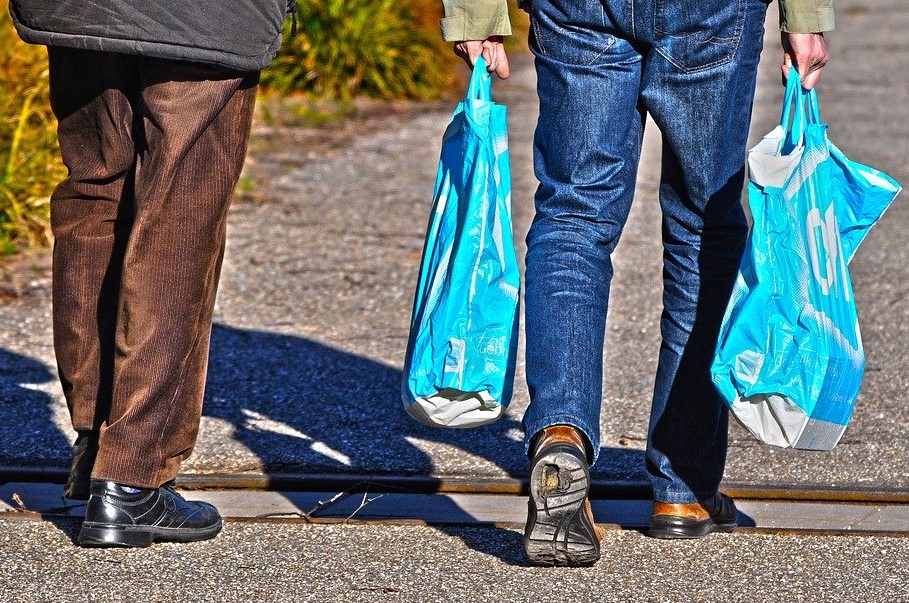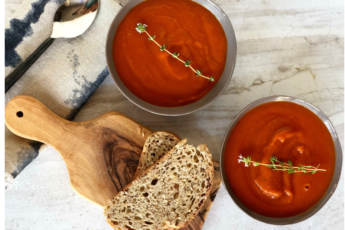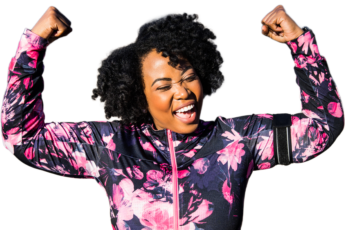Even “BC” (before COVID), much of the world was pretty sedentary, and our new “pandemic lifestyles” haven’t helped. Now a new WHO report says worldwide levels of physical activity have been flat for nearly 20 years. This varies by country, but globally about 1 in 3 women and 1 in 4 men, are not meeting guidelines for adequate activity.
What’s “Adequate Physical Activity”?
This is defined as 150 minutes of moderate-intensity activity (think brisk walking) per week, OR 75 minutes of vigorous-intensity activity per week (whatever has you huffing).
The WHO report was sobering. Sedentary lifestyles may be how our lives evolved in modern-day society, but they aren’t what we are built for. Still, such physical inactivity is a big negative on our health.
The Reasons We Don’t “Exercise”
I’ve used all of these over the years, so if they sound familiar, you’re not alone:
- Gym memberships are expensive (and possibly still closed).
- I’m not seeing changes I expected to my body.
- I don’t know “the right way” to exercise. I don’t have the right shoes.
- I’m too busy and stressed out.
- It’s too cold/hot.
Add in family responsibilities and any physical limitations and the list seems endless.
Revving Back Up: Let’s Ask A Pro
I decided to call on an internationally respected colleague, Chris Rosenbloom, nutrition professor emerita at Georgia State University, and author of Food & Fitness After 50 about ways to encourage us to be more active.
Dr. Rosenbloom knows the benefits of better fitness, but says communicating it well is key. “When we talk about ‘exercise’, some people are turned off but when put it in terms of ‘activity’, it can be more palatable.”
Rosenbloom also has the same feelings about “exercise” as everyone else. “I know for me, when I use an exercise bike in the gym I can’t wait for the timer to go off and be done with it, but when I ride my bike outside I can go forever.” Rosenbloom encourages everyone to do what they like to do. “Dancing, gardening, walking the dog, riding bikes…all of those are more fun than an hour of high intensity exercise in a gym.”
If you’re more home-based now, she advises checking into some great sites for online fitness classes. Among her favorites are FitnessBlender.com (totally free!) and, for older folks, Silver Sneakers (often free with Medicare plans).
The Value to YOU

Even a little strength training makes everyday tasks SO much easier!
It’s OK to make all the health benefits of activity secondary: focus on fitness that’s meaningful to you. Rosenbloom calls this “functional fitness” – having the ability to do things you like to do without being hindered by fatigue from weaker muscles. She’s encourages at least some strength training. “You can see the results very quickly…admire that bicep and it can keep you motivated to continue to lift weights!” Lugging those groceries gets easier, too.
“Sometimes it is hard to get to an exercise class, take that walk, or turn on the video,” Rosenbloom said, but keep your eye on the payoff. “I’ve never, ever said to myself, ‘Wow, I’m sorry I worked out.’” Instead, she gets a lift from a sense of accomplishment, “and that makes me feel good,” she noted.
Rosenbloom is spot-on – I’m always happier afterwards. My own motivation to be active daily is two-fold: it busts stress and really lifts my mood. If I don’t have time for the full exercise routine, then I just do what I have time for.
 “Activity snacks”
“Activity snacks”
Being active doesn’t have to be a huge time commitment to bring big bennies, Rosenbloom says. “Be active in 10-minute increments throughout the day.” Tied to your computer all day? She favors “activity snacks.” “Take 5 or 10 minutes every hour to do easy things like walk up and down the stairs, use therabands for bicep curls, do some walking lunges, or simply stretch in a forward fold.
I like this. It’s not just “being active” but also “less sedentary”. Doing those little things during the day also helps prevent muscle stiffness.
Taking a “Polypill”?
Yes, daily, or as often as you can. Exercise is not only medicine, it’s a medication that has innumerable benefits, what Rosenbloom calls a “polypill”. “It has many benefits that no prescription medicine can match,” she says, including physically, mentally, and even socially. “Activity helps in so many ways.”
This post dedicated to Diane Likas Ayoob, January 5, 1928 – September 21, 2020, who firmly believed in the polypill of physical activity.






